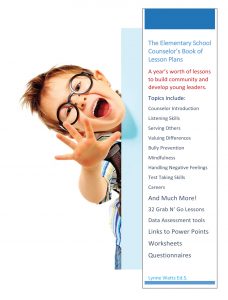Three Ways to Tackle Anxiety Among Children
The Anxiety Epidemic
There is no question that anxiety among children (and adults for that matter) is on the rise. When I first began school counseling over 20+ years ago it was rare to have a child referred for anxiety. By the time I left the field, I was running a regular group for students with anxiety. One startling report indicates that the average high school student in 2008 had the same level of anxiety as the average psychiatric patient in the early 1950’s! Imagine what a comparison would find in today’s culture…
Professionals speculate on the reasons for this turn of events. Here are a few of the reasons…
- Despite technology, we are more socially disconnected than ever– families split up, move apart and participate less in social or religious organizations. In many cases, “connecting on our devices” has replaced in person meetings and socializing. Because kids don’t have a close knit home base, they often feel a lack of support from a network of significant others.
- Our expectations are higher than ever-Consequently there is more pressure to perform and more dissatisfaction if those expectations are not met. Kids expect to have the latest technology, attend the best school, make the best grades, make the team on the first try, score the most points and wear the latest fashion.
- We are more informed than ever and constantly inundated with bad news-from the latest natural disaster to the local crime scene to the demise of public figures, kids are flooded with negativity 24 hours a day via news channels and the internet. All of this leads kids to anticipate danger and feel on edge all the time.
What can we do to decrease anxiety among children?
- Set reasonable expectations and teach students to recognize the process of achievement. Children need to recognize that achieving goals involves effort, struggle and often failure before there is success. Teach resources for coping with the disappointments that can arise while celebrating the wins.
- Create an oasis of support in the school and community. Provide a safe environment where children can voice concerns. Acknowledge all feelings, positive and negative rather than brushing them off or providing a distraction. Instead teach coping techniques such as mindfulness or relaxation.
- Share news events especially bad news with restraint and in consideration of the child’s age and ability to understand the circumstances. Monitor their reactions and provide ways to contribute to a positive result such as collecting food or clothing or volunteering. Teach children that they can make a difference in the world through their efforts.
School Counselor Resource
The Elementary School Counselor Book of Lesson Plans

Thirty-two lesson plans with activities, discussion starters, assessments and questionnaires to keep students engaged all year while developing critical thinking skills and growth mindset.

[…] 3 ways to teach kids to handle anxiety […]